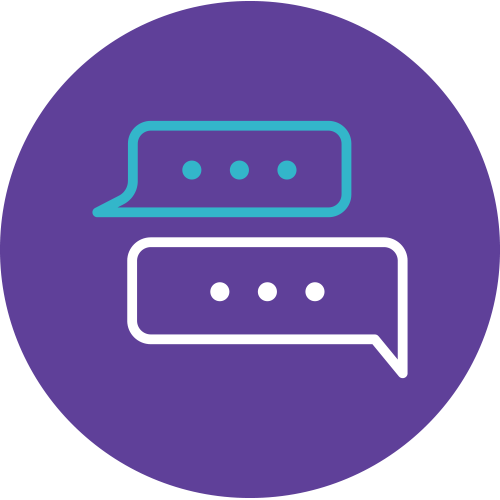Comprehensive CompTIA Server+ Course
Are you ready to take your IT career to the next level? Look no further than our CompTIA Server+ course. This dynamic and interactive 5-day program is tailored for IT professionals eager to transition from PC and desktop support to become expert server hardware and support specialists.
Elevate Your Career
With 18 to 24 months of hands-on experience in PC hardware and network operating systems, you’re perfectly poised to explore the world of server administration. Our course isn’t just about theory; it’s a hands-on journey designed to make you proficient in server hardware management, OS installation, networking configuration, virtualization, security, disaster recovery, and troubleshooting. By the end of this course, you’ll have the skills to perform the duties of a server administrator, and the coveted CompTIA Server+ certification will be well within your reach.
Your Path to Success
This highly interactive course uses various teaching methods, ensuring it caters to all learning styles. Whether you’re an experienced IT professional or just starting your journey, this program leverages your personal and work experiences to empower you. Join us to master server hardware, create virtual environments, secure servers, and enhance your problem-solving skills. Your career’s next chapter begins with CompTIA Server+ – the key to unlocking new opportunities in the ever-evolving IT landscape. Don’t just follow the trends; set them!
Course Details
Course duration: 5 days; Instructor-led
Audience
This course is designed for IT professionals such as PC, desktop, and help desk technicians who have experience supporting PC hardware who wish to make the transition to become server hardware and support specialists. This course is also designed for existing server managers who are preparing to take the CompTIA Server+ Exam SK0-004.
Prerequisites
To ensure your success in your course you should have 18 to 24 months of hands-on experience with installation, configuration, diagnosis, and troubleshooting of PC hardware and network operating system issues. It is also recommended that you have the CompTIA A+ certification or the equivalent training and experience.
Methodology
This course is highly interactive and uses diverse teaching methods (lectures, self-assessments, group discussions, activities, and videos) to accommodate different learning styles This training will also leverage on participant’s personal life and work experiences.
Course Objectives
Upon successful completion of this course, you will be able to perform the duties of a server administrator.
In this course, you will:
- Manage server hardware.
- Install server hardware and operating systems.
- Configure networking hardware and protocols.
- Create a virtual server environment.
- Perform basic server configuration tasks.
- Administer servers.
- Implement server storage solutions.
- Secure the server.
- Plan and test disaster recovery.
- Troubleshoot server issues
Outlines
Module 1: Managing Server Hardware
- Server Components
- Server Power
- Server Cooling
- Asset Management
Module 2: Installing a Server
- Prepare an Installation Plan
- Prepare the Server Hardware
- Set Up the Server Hardware
- Install an Operating System
Module 3: Configuring Networking
- Manage Network Cabling
- Configure Network Interface Cards
- Implement IP Addressing and Network Infrastructure Services
Module 4: Creating a Virtual Environment
- Create Virtual Servers
- Create Virtual Switches
Module 5: Performing Basic Server Configuration
- Configure Local Server Properties
- Configure Server Roles
- Set Up IP Addressing Service Roles
Module 6: Administering the Server
- Update the Server
- Server Administration Access and Control Methods
- Create Service Level Agreements
- Monitor Server Performance
Module 7: Implementing Storage Solutions
- Perform Capacity Planning
- Deploy Primary Storage Devices
- Storage Technologies
- Configure RAID
Module 8: Securing the Server
- Configure Firewalls
- Configure Security Protocols
- Implement Intrusion Detection Systems
- Implement Logical Access Control Methods
- Implement Data Security Methods
- Apply Server Hardening Techniques
- Implement Physical Security
- Create Virtual Networks
Module 9: Planning and Testing Disaster Recovery
- Implement Environmental Controls
- Manage Documentation for the Server and the Network
- Create A Disaster Recovery Plan
- Perform Backup and Restoration
Module 10: Troubleshooting Server Issues
- Troubleshoot Theory and Methods
- Troubleshoot Hardware Issues
- Troubleshoot Software Issues
- Troubleshoot Networking Issues
- Troubleshoot Storage Issues
- Troubleshoot Security Issues










